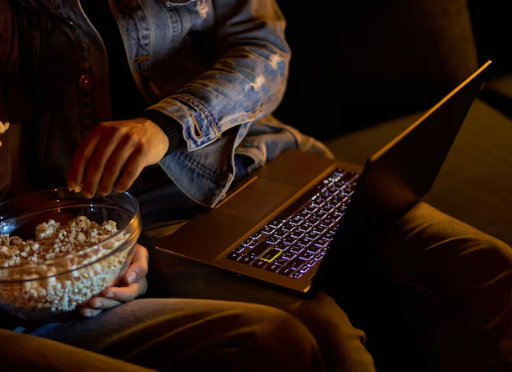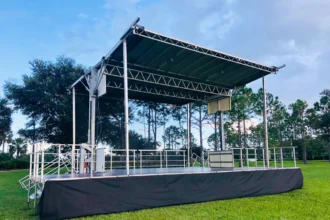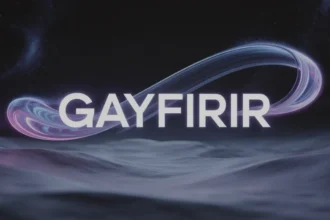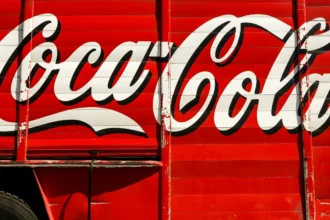In today’s entertainment landscape, attention spans are shorter, trends move faster, and people crave quick hits of fun and information. From TikTok clips to Instagram Reels, the rise of bite-sized content has reshaped how audiences consume media. It’s no longer about sitting through long programs or waiting for weekly releases; entertainment now fits into the gaps of our busy lives.
Snackable content has become more than a trend; it’s a defining feature of digital culture. Understanding why it rules our screens requires looking at technology, lifestyle changes, and psychology. Together, these forces explain why short, engaging media dominate our daily routines.
The Shift Toward Bite-Sized Media
The way we consume entertainment has always been tied to technology. From radio shows to television and now smartphones, every medium has shortened the gap between creators and audiences. What’s different today is the sheer speed and accessibility. Anyone with a phone can upload a 15-second video and potentially reach millions. Audiences, on the other hand, can hop from one micro-entertainment experience to another without ever pausing.
This shift reflects a cultural demand for immediacy. Viewers want entertainment, information, and inspiration within seconds. Whether it’s a catchy meme, a trending dance challenge, or a witty tweet, snackable content provides quick consumption and instant gratification.
Pop Culture on Fast-Forward
Pop culture no longer trickles through television shows or monthly magazines; it floods through our feeds in real time. A song can go viral on TikTok in the morning, be on everyone’s playlist by the afternoon, and feel overplayed by the end of the week. Fashion, slang, and even humor evolve faster than ever before.
What this means for entertainment is that staying relevant requires agility. Creators, influencers, and brands must keep up with shifting trends or risk falling behind. Snackable content makes it possible to adapt quickly and remain part of the cultural conversation.
Lifestyle Trends That Mirror Snackable Media
Interestingly, the rise of snackable content also mirrors changes in lifestyle habits. People aren’t just consuming shorter videos; they’re opting for quicker experiences in many parts of daily life. Take food, fashion, and even personal tech, where convenience and instant gratification drive choices. For instance, the popularity of trending vape devices shows how even leisure habits are shifting toward portability and variety, something quick, satisfying, and endlessly customizable.
The growing emphasis on “mini experiences” shows that snackability is a broader cultural shift, not limited to screens. From single-serve coffee pods to music playlists under two minutes, people want satisfaction on demand, without delay.
Why Snackable Works
Snackable entertainment dominates because it fits perfectly into the rhythm of modern life. People want content that is quick, satisfying, and always available, and these micro-moments of engagement add up to a cultural shift. Below are the main reasons why snackable content continues to rule our screens:
1. Accessibility
Short-form content is available anytime, anywhere. You don’t need to dedicate hours to engage with it; people can consume it during a commute, a coffee break, or before bed. This frictionless access makes it irresistible to audiences of all ages.
2. Shareability
Quick clips and memes are easy to share, which fuels virality. The shorter the content, the more likely people are to send it to friends or repost it across platforms. This constant cycle of sharing helps ideas and trends spread at lightning speed.
3. Endless Variety
From comedy to beauty tutorials, from fitness hacks to news snippets, snackable content comes in countless formats. This endless stream ensures there’s always something fresh to engage with, catering to every niche interest or mood in the moment.
4. Engagement Loops
Platforms like TikTok, YouTube Shorts, and Instagram Reels keep people scrolling. Algorithms reward fast interactions, and users keep coming back for more. The design of these platforms ensures snackable content doesn’t just entertain, it hooks audiences and keeps them engaged far longer than they intended.
5. Personalization
Another reason snackable content rules our screens is how personalized it has become. Algorithms learn from our behaviors, what we like, skip, or replay, and tailor our feeds to suit our tastes. This hyper-targeted delivery creates a sense that the content was “made for us,” which strengthens our bond with platforms and makes it harder to put the phone down.
The Psychological Appeal of Snackable Content
Beyond convenience and technology, snackable content taps into psychology. Humans seek quick rewards, and short videos deliver precisely that. Each clip provides a tiny dopamine hit, reinforcing the habit of scrolling for more. The brevity also reduces cognitive load; audiences don’t feel burdened by long narratives or heavy details.
Moreover, snackable media thrives on curiosity. Teasers, cliffhangers, and unfinished stories encourage people to watch “just one more.” This endless cycle of intrigue ensures that people keep returning, often spending far longer than they intended on platforms designed to maximize engagement.
Snackable Content in Marketing and Branding
It’s not only creators who benefit; brands have leaned heavily into short-form media as part of their marketing strategies. Advertisers know that capturing attention in the first three seconds is critical. From funny skits to relatable one-liners, businesses are reimagining traditional ads into bite-sized stories that resonate instantly.
Brands that once relied on long commercials now craft 10-second ads designed to be as entertaining as user-generated content. The line between “ad” and “entertainment” is increasingly blurred, making it easier for snackable promotions to slip into daily feeds unnoticed.
The Future of Entertainment
Will long-form content disappear? Not likely. Movies, series, and podcasts still have their place. What’s more likely is a continued blending of formats. A TV show might release extra “snackable” clips for promotion, or a musician might debut part of a song on TikTok before dropping the full track.
Even traditional news outlets are adapting, offering bite-sized summaries on social platforms before directing readers to in-depth articles. Education is following the same path; microlearning and short explainer videos are changing how people study and absorb information.
The future belongs to creators and platforms that can offer both: deep, immersive content and quick, accessible hits. For audiences, this means more ways to enjoy entertainment, no matter how much (or little) time they have.
Final Thoughts
Snackable entertainment is here to stay because it fits seamlessly into modern life. It’s fast, shareable, and constantly evolving. It satisfies human psychology while adapting to the pace of pop culture and technology. As our lives get busier, snackable content will only grow stronger, shaping not just how we consume media but how we shop, learn, and connect.
The bite-sized trend is no longer a sideshow; it is the main act. As pop culture continues to accelerate, snackable media will remain one of the most defining forces of our era, ruling our screens and shaping our understanding of entertainment itself.

















